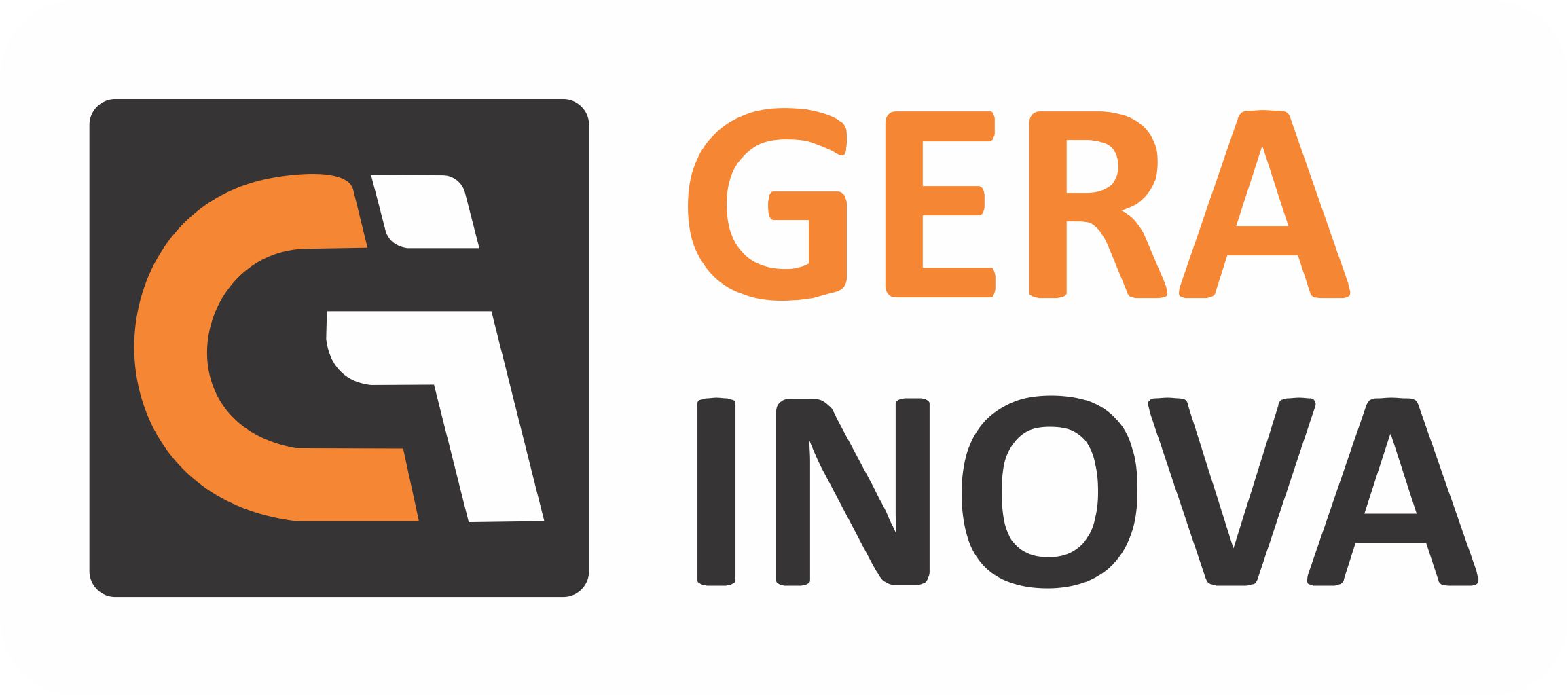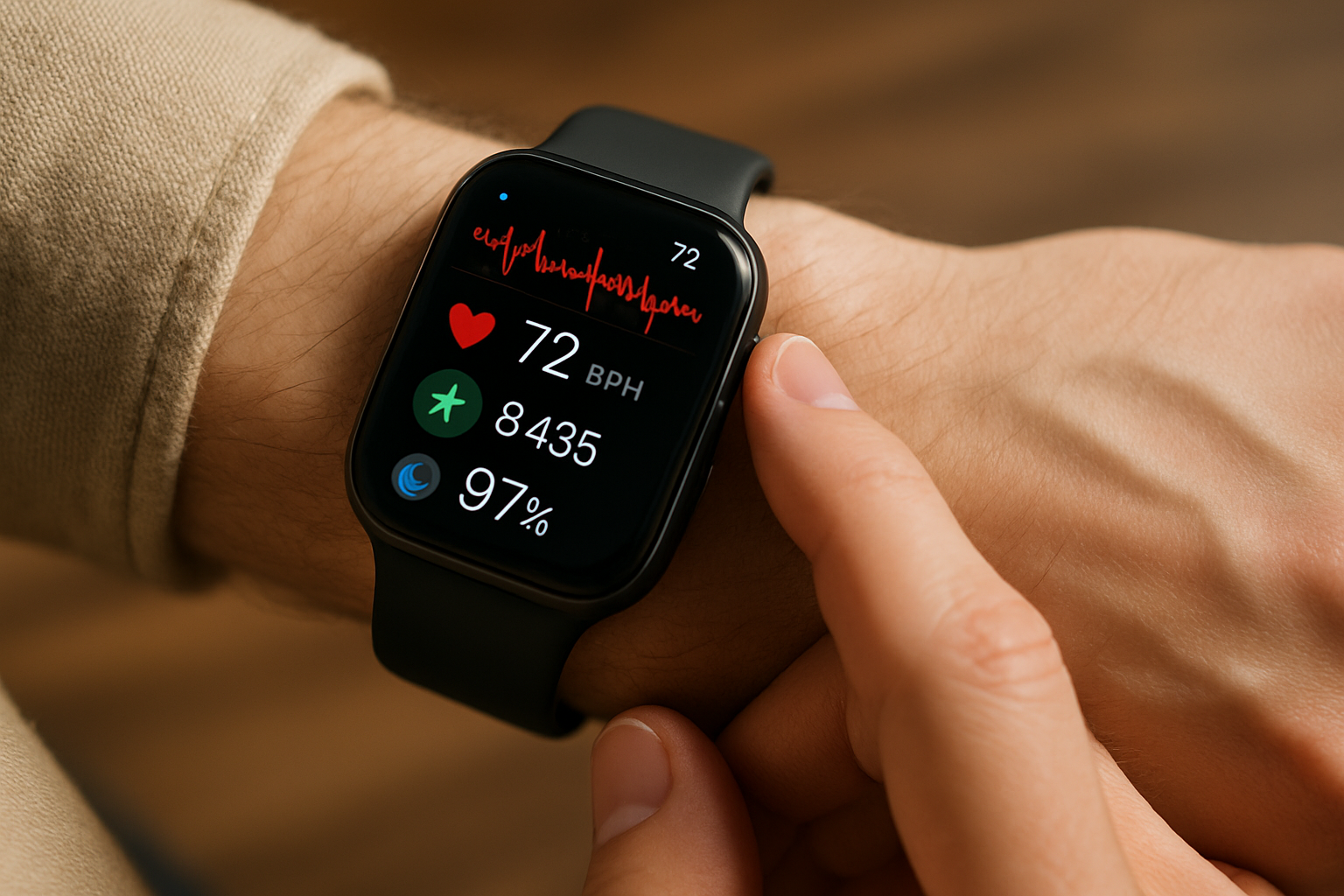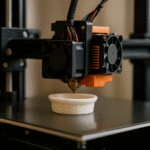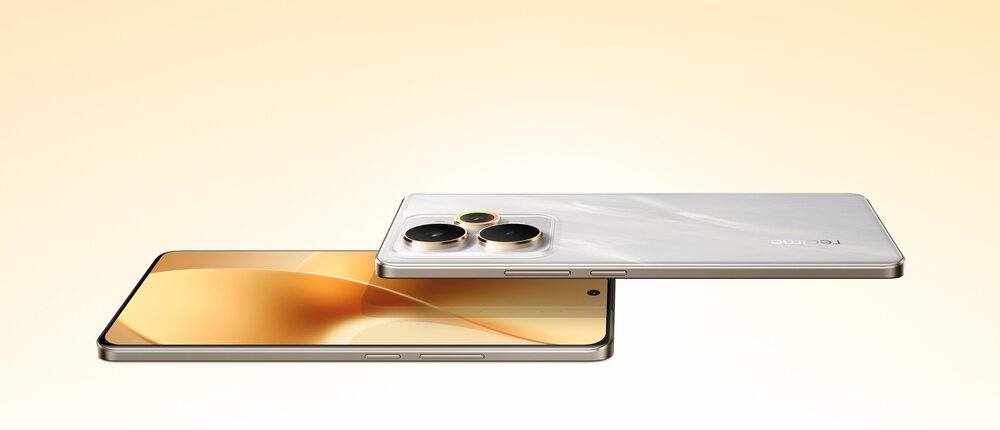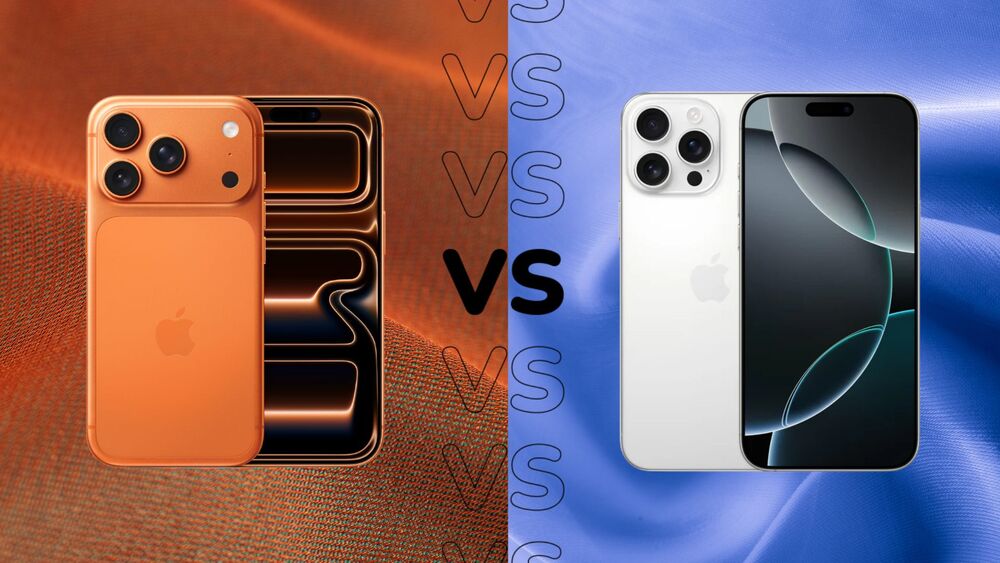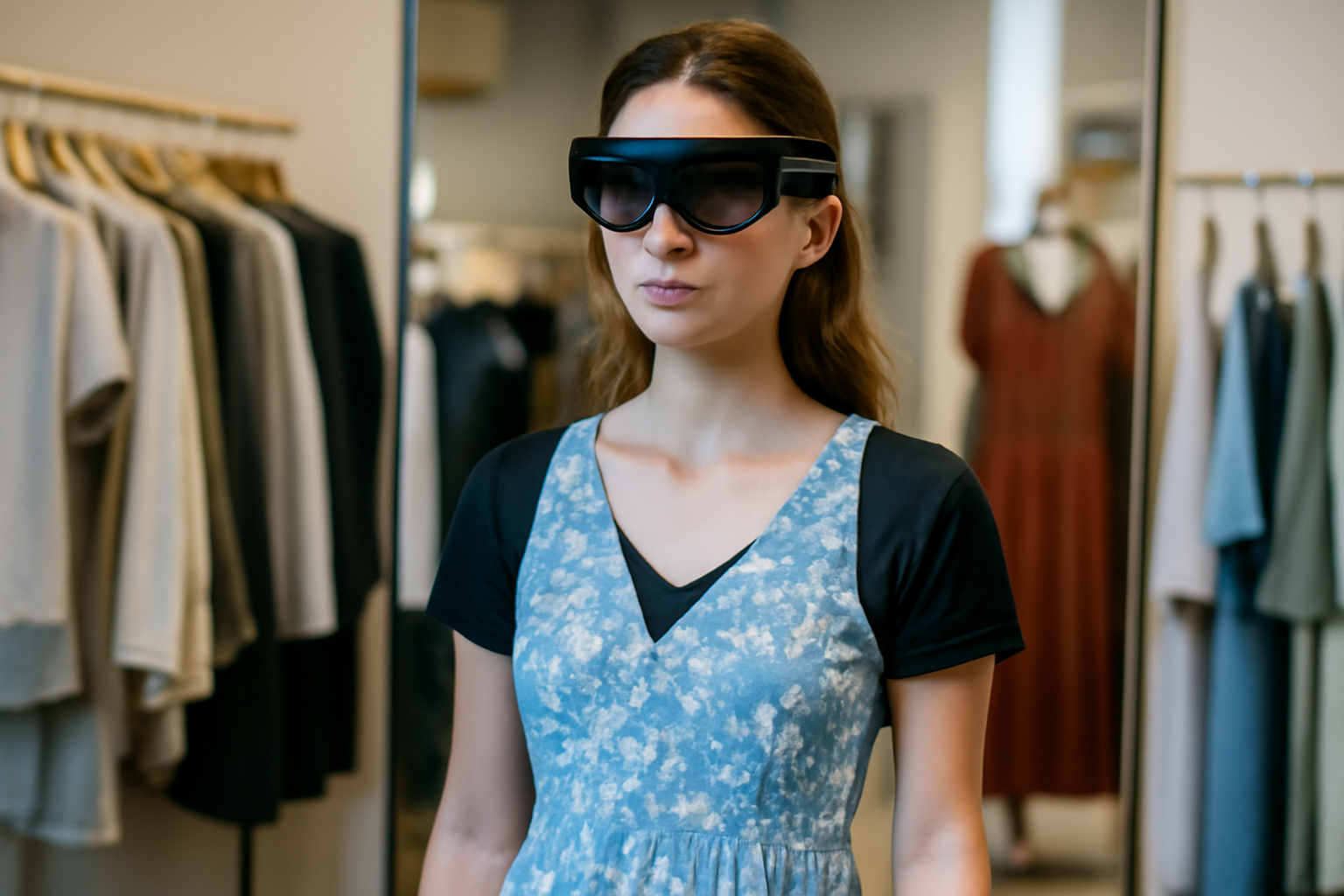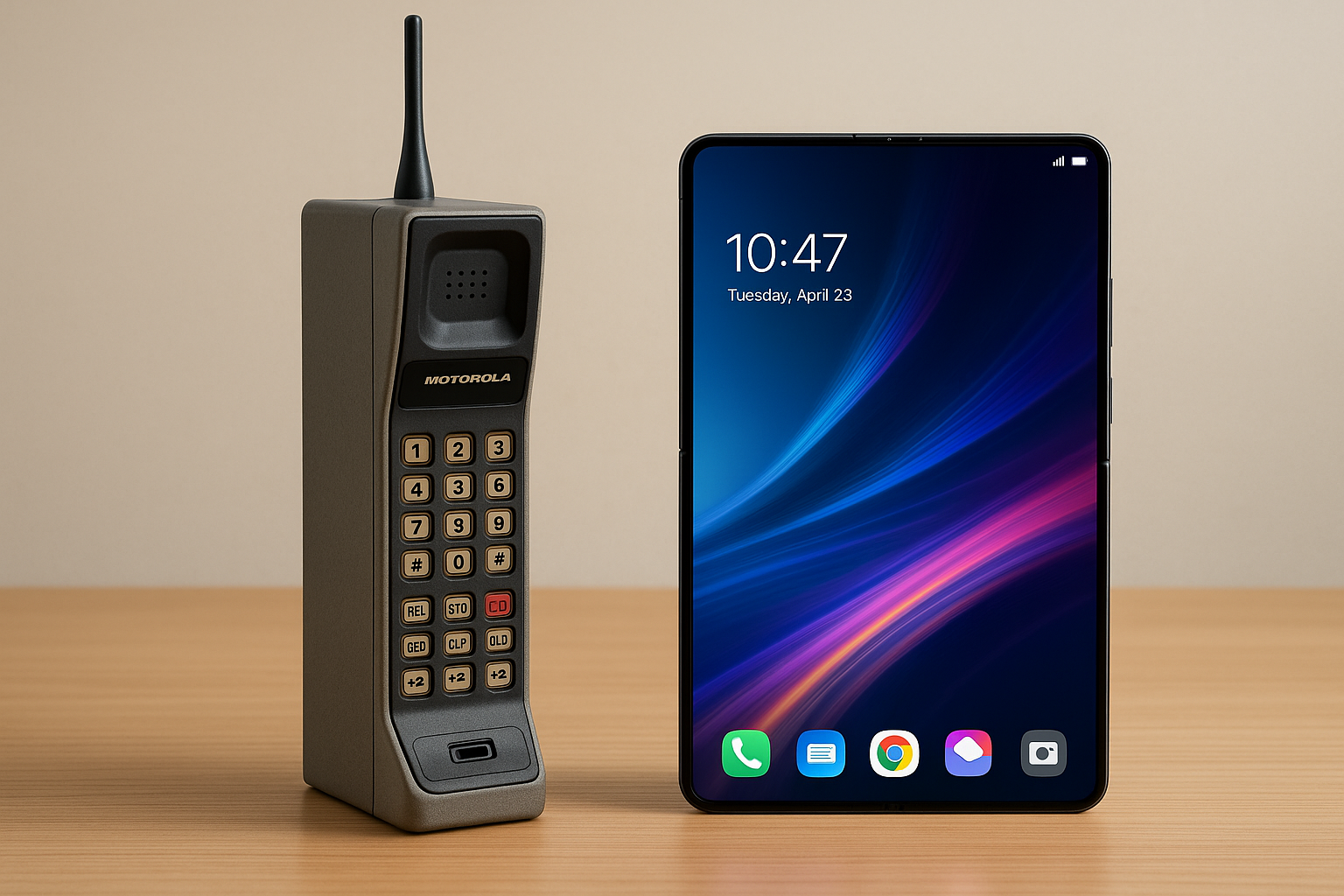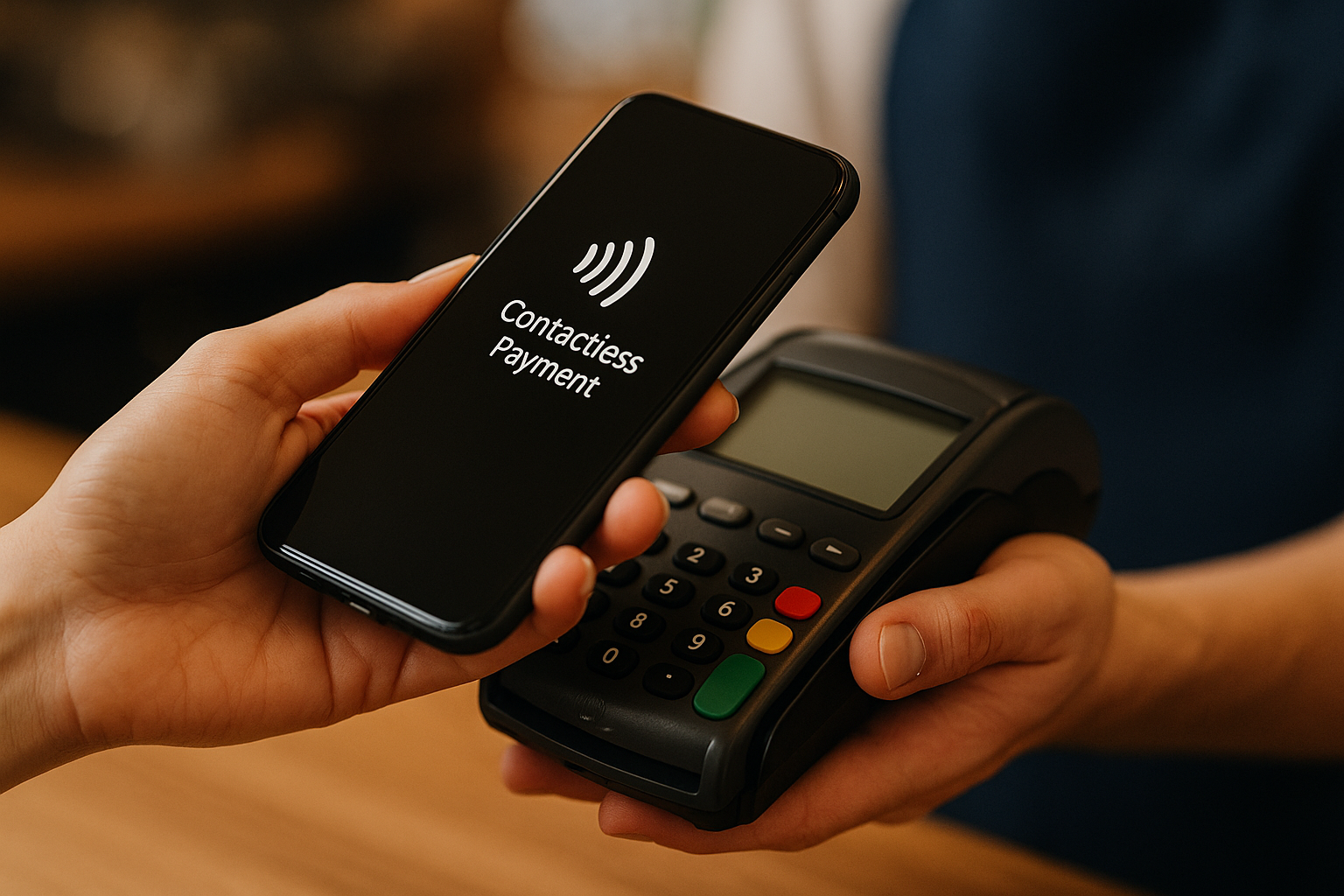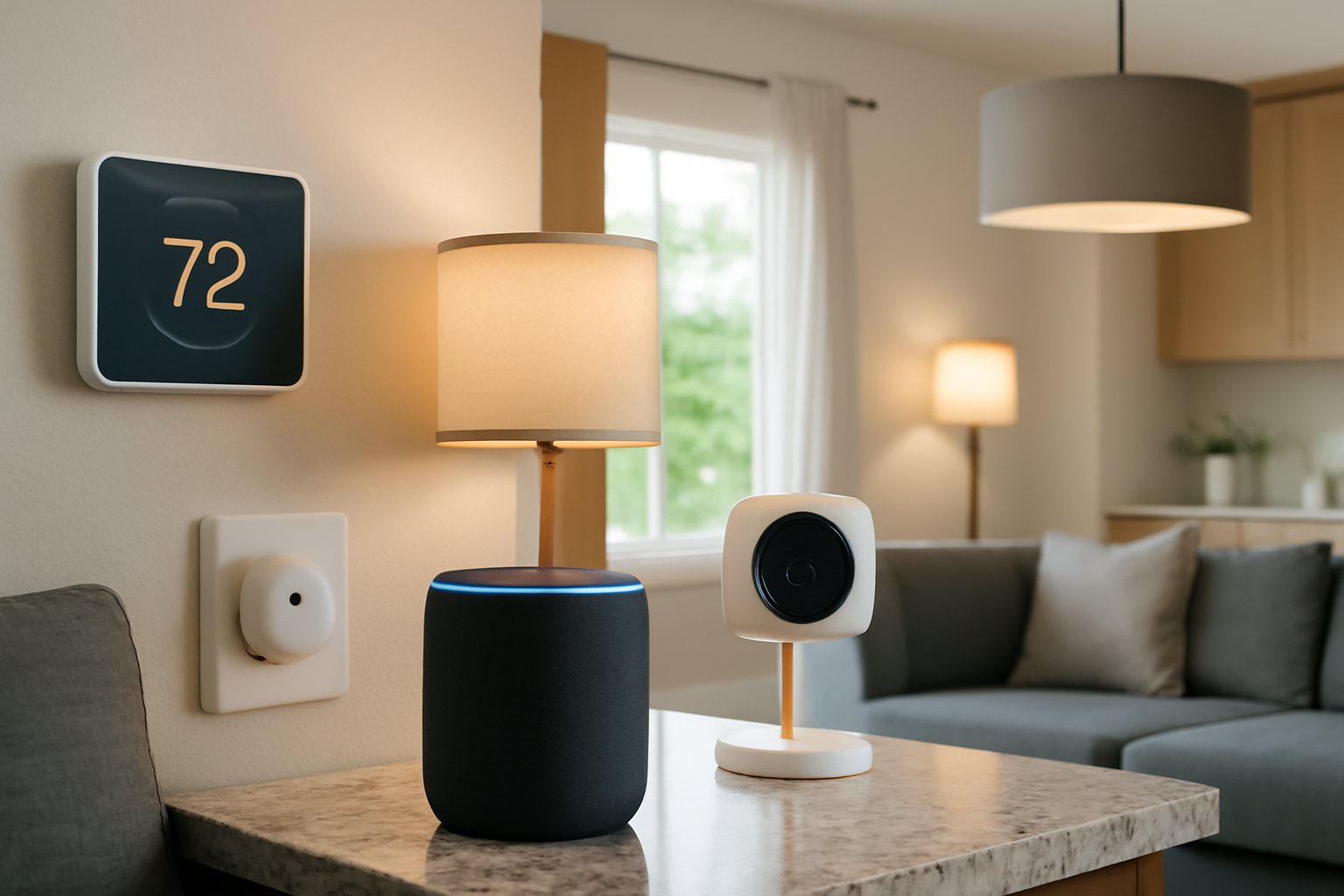Introduction: Technology That You Can Wear
Imagine a tiny device strapped to your wrist that tracks your heart rate, monitors your sleep, counts your steps, and even reminds you to stand up if you’ve been sitting too long. Now, imagine that same device warning you of irregular heart rhythms or helping manage chronic conditions like diabetes. This is not the future—it’s the power of wearables today.
Wearable technology, or simply “wearables,” has rapidly evolved from fitness-focused gadgets to sophisticated health monitoring tools. These devices are reshaping the healthcare landscape by empowering individuals to take control of their well-being and enabling medical professionals to make better-informed decisions.
This article delves into what wearables are, how they work, the different types available, and how they’re transforming the healthcare ecosystem. Whether you’re a tech enthusiast or someone simply interested in leading a healthier life, understanding this technology could be a game-changer.
Defining Wearables: More Than Just Smartwatches
Wearables are electronic devices worn on the body that collect, analyze, and often transmit data. They typically connect to smartphones or cloud systems via Bluetooth or Wi-Fi. While smartwatches are among the most popular wearables, the category includes a wide variety of devices, such as:
- Fitness trackers
- Smart rings
- Smart clothing (e.g., shirts with built-in sensors)
- Smart glasses
- Wearable ECG monitors
- Patches and biosensors
The goal of these devices is not only to collect data but to offer insights, encourage behavior change, and in some cases, alert users and healthcare providers to potential medical issues.
A Brief History of Wearables in Health
Wearables have come a long way:
- 1960s: The first wearable hearing aids became commercially available.
- 1980s: Digital pedometers emerged, primarily for fitness tracking.
- 2000s: The rise of smartphones sparked interest in mobile health apps.
- 2010s to now: The explosion of smartwatches, wearables integrated with AI, and FDA-approved medical-grade devices.
This timeline shows a clear progression from general wellness tools to clinically valuable technologies. It also highlights society’s growing acceptance of digital tools in personal health management.
How Wearables Work
Most wearables rely on sensors embedded in or attached to the device. These sensors track physiological and environmental metrics, such as:
- Heart rate (via photoplethysmography or ECG)
- Blood oxygen levels (SpO2)
- Movement and activity (accelerometers and gyroscopes)
- Sleep stages (motion and heart rate variability)
- Skin temperature
- Electrodermal activity (EDA) for stress monitoring
The data collected is sent to a companion app, which visualizes trends, tracks goals, and in some cases, communicates with healthcare providers or integrates with electronic health records (EHRs).
Some wearables also use haptic feedback, LED lights, or audio alerts to notify users of abnormal readings or to deliver reminders for medication or hydration.
Impact on Personal Health Management
Fitness and Lifestyle
Fitness trackers and smartwatches help users:
- Set and monitor exercise goals
- Track calorie burn
- Stay accountable through gamified features
- Establish consistent sleep patterns
- Receive hydration and movement reminders
For many, this increases motivation and builds healthy habits that might otherwise be difficult to maintain. Social sharing and fitness communities further boost engagement and long-term adherence to wellness routines.
Chronic Disease Management
Wearables have become invaluable tools for managing chronic conditions. For example:
- Diabetes: Continuous glucose monitors (CGMs) provide real-time blood sugar levels and trends.
- Cardiac patients: Smartwatches with ECG features can detect arrhythmias like atrial fibrillation.
- Asthma: Devices track air quality and environmental triggers.
Some wearables can alert caregivers or healthcare professionals when a dangerous threshold is reached, creating a safety net for vulnerable individuals.
These devices empower users to make informed lifestyle changes and reduce emergency room visits.
Early Detection and Prevention
Advanced wearables can now detect early signs of health problems. For instance:
- Unusual heart rate patterns may signal cardiovascular issues.
- Skin temperature changes could indicate fever or infection.
- Sleep disturbances might correlate with anxiety or depression.
Such early alerts allow for timely medical consultations and preventive interventions. This transition from reactive to proactive healthcare has the potential to reduce healthcare costs and improve patient outcomes.
Mental Health Monitoring
Emerging wearables are incorporating features to monitor mental well-being. Devices measure:
- Stress levels (via heart rate variability or EDA)
- Mood patterns
- Breathing rates
Combined with mindfulness reminders and breathing exercises, these features promote emotional resilience and self-care.
Companies are also experimenting with AI-powered emotion recognition through facial expressions and voice analysis, further expanding the capabilities of mental health tech.
The Role of Wearables in Modern Healthcare
Remote Patient Monitoring (RPM)
Doctors and healthcare systems are increasingly using wearables to monitor patients outside clinical settings. This has several benefits:
- Reduces hospital admissions
- Enhances patient engagement
- Supports telemedicine and virtual care
- Provides continuous data rather than episodic snapshots
RPM has proven especially valuable during the COVID-19 pandemic, enabling care continuity for high-risk patients.
Clinical Trials and Research
Wearables allow researchers to collect real-world, continuous data on participants. This:
- Improves trial accuracy
- Enhances participant compliance
- Enables long-term follow-ups
Pharmaceutical companies are integrating wearables into trials to measure drug effectiveness and side effects in real-time.
Wearables also expand participation by allowing decentralized trials, removing the geographic barriers that traditionally limited recruitment.
Elderly Care
Smartwatches and emergency pendants can detect falls, monitor vitals, and send alerts to caregivers. This improves safety, prolongs independence, and offers peace of mind to families.
Devices tailored for elderly users often have simplified interfaces, voice-activated assistance, and automatic medication reminders, making them user-friendly and highly practical.
Challenges and Limitations
Despite their benefits, wearables face several hurdles:
Accuracy and Validation
Not all wearables are created equal. Consumer-grade devices may lack the accuracy required for clinical decisions. Medical-grade certification, like FDA approval, is crucial for reliability.
Calibration issues, sensor positioning, and user behavior can all affect measurement accuracy. This limits the use of certain wearables for diagnostic purposes.
Data Overload
Users and healthcare providers may struggle to interpret the vast amount of data generated. Without context, raw data can cause unnecessary anxiety or be misinterpreted.
Developers are working on more intuitive dashboards and AI-based insights to translate raw data into meaningful actions.
Privacy and Security
Wearables collect sensitive health data. Breaches or misuse can have serious consequences. Ensuring data encryption, transparent policies, and user control is critical.
Regulations like GDPR and HIPAA provide a framework, but manufacturers must adopt best practices in data security from the ground up.
Accessibility and Cost
Not everyone can afford or access wearable technology. Bridging this digital divide is essential for health equity.
Subsidies, public health partnerships, and budget-friendly models can help democratize access to these tools.
Battery Life and Usability
Frequent charging or complex interfaces can reduce adherence. Developers must balance functionality with user-friendliness.
Improving battery life and integrating energy-harvesting technologies could offer future solutions.
Future Trends in Wearable Health Tech
AI and Predictive Analytics
As machine learning improves, wearables will not only report metrics but anticipate issues. For example, predicting a diabetic episode before it happens based on subtle patterns.
These insights could be personalized and adaptive, evolving as they learn from a user’s baseline and behavioral trends.
Non-Invasive Monitoring
Innovators are working on devices that measure:
- Blood pressure without cuffs
- Blood sugar without finger pricks
- Hydration and electrolyte levels
Non-invasive sensors will make wearables more comfortable and attractive to users concerned about invasiveness or pain.
Wearable Biosensors
These will be thinner, lighter, and more accurate. Examples include smart tattoos and bio-integrated fabrics that blend seamlessly into clothing.
We may see integration with augmented reality (AR) and mixed reality (MR) headsets that overlay health metrics in real time.
Integration with Health Systems
Wearables will increasingly sync with medical records, enabling doctors to make more informed decisions. This may lead to personalized treatment plans based on real-time insights.
Healthcare providers will likely create digital care pathways that include wearables as a standard monitoring tool.
Gamification and Behavioral Science
More wearables will use rewards, challenges, and social accountability to drive sustained behavior change. This taps into psychology to improve health outcomes.
Platforms could incorporate behavioral nudges and habit formation strategies, supported by evidence-based psychology.
Popular Wearable Devices and Their Health Features
| Device | Key Health Features |
|---|---|
| Apple Watch | ECG, heart rate, fall detection, blood oxygen, sleep tracking |
| Fitbit Charge | Steps, sleep, stress, heart rate, activity zones |
| Oura Ring | Sleep, heart rate variability, temperature, recovery score |
| Garmin Venu | Pulse ox, respiration, hydration tracking, fitness age |
| WHOOP Strap | Recovery, strain, sleep, HRV, respiratory rate |
Each device targets different user needs, from athletes to wellness seekers to individuals managing medical conditions. The growing variety ensures that users can find a wearable that fits their lifestyle, goals, and health needs.
Final Thoughts: A Healthier Future on Your Wrist
Wearable technology is no longer a novelty—it’s a vital tool in modern health management. From tracking daily habits to alerting life-threatening conditions, these devices empower individuals and support healthcare professionals in unprecedented ways.
As wearables become more advanced, accessible, and integrated, they’ll play a pivotal role in shifting healthcare from reactive to proactive. But for this potential to be fully realized, issues like data security, inclusivity, and clinical validation must be addressed.
So, whether you’re aiming to get more steps in, manage a chronic condition, or simply stay ahead of your health, wearables offer an exciting and effective ally. Strap one on—and take control of your health, one metric at a time.
The future of health is not just digital—it’s wearable, personal, and empowering. And it’s already here, evolving with every step you take and every heartbeat it measures.
